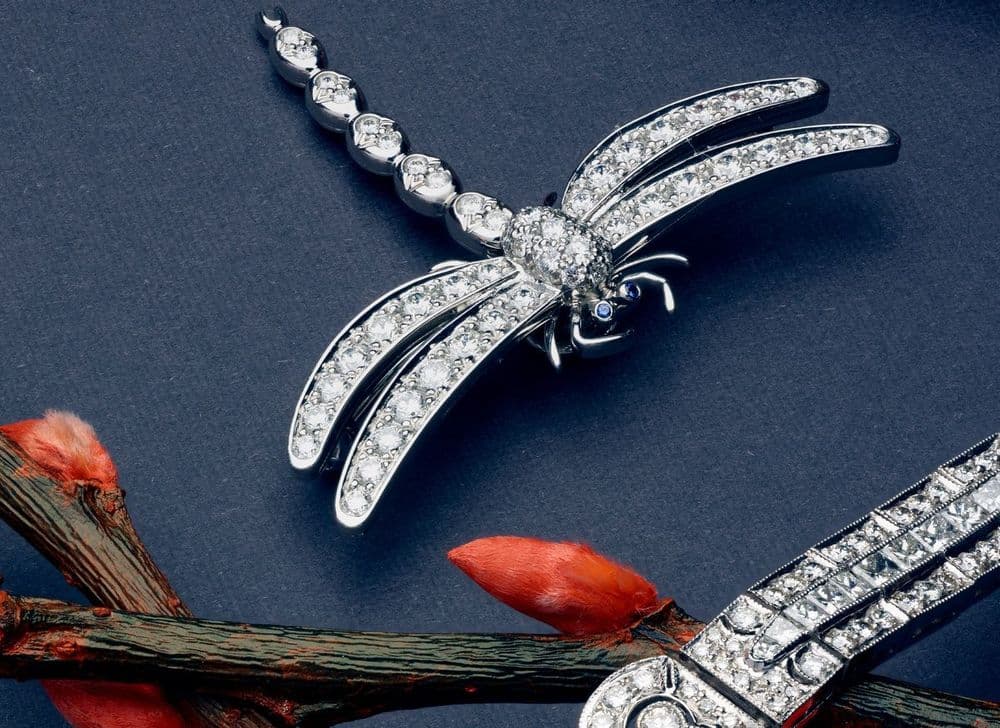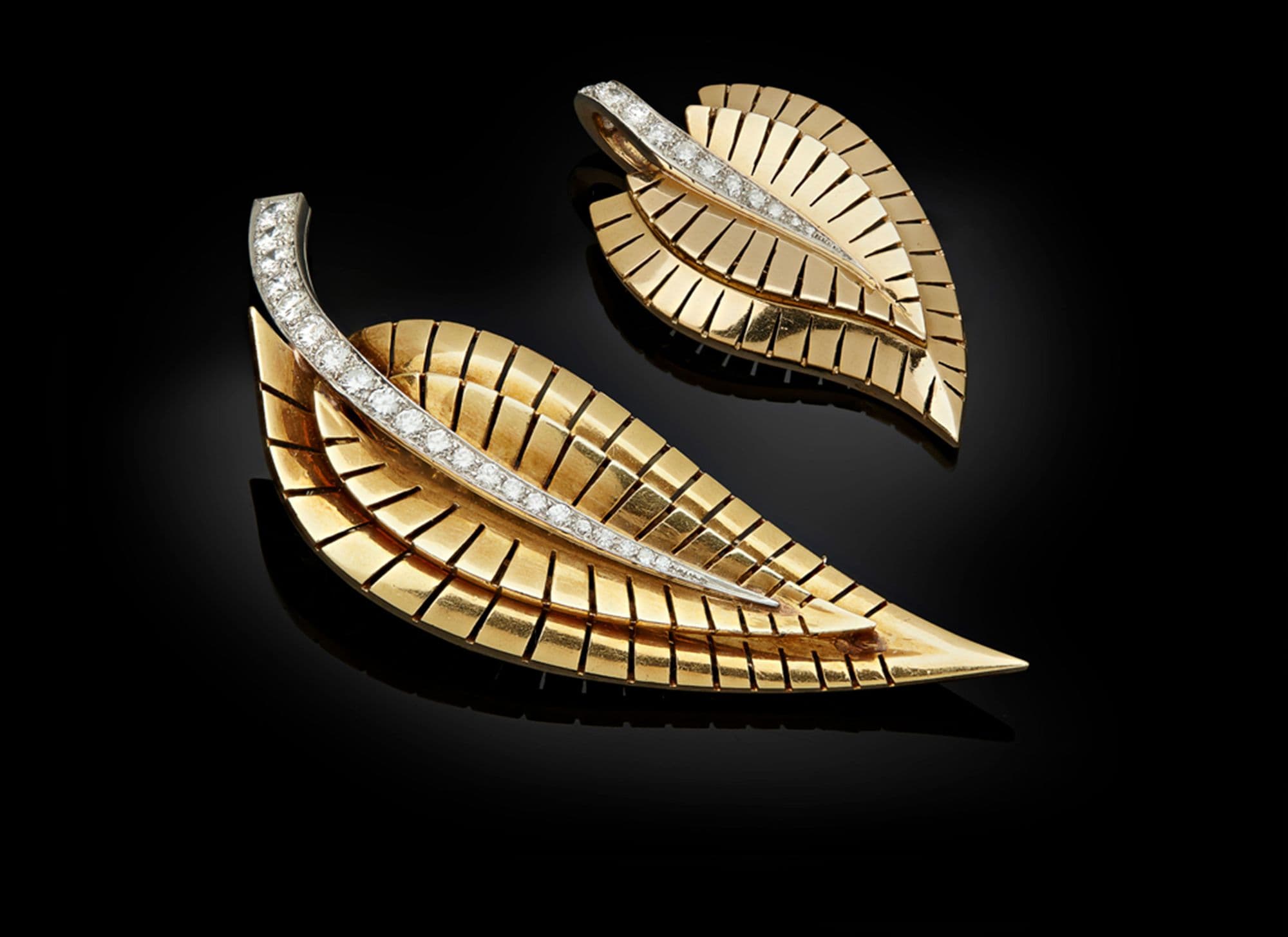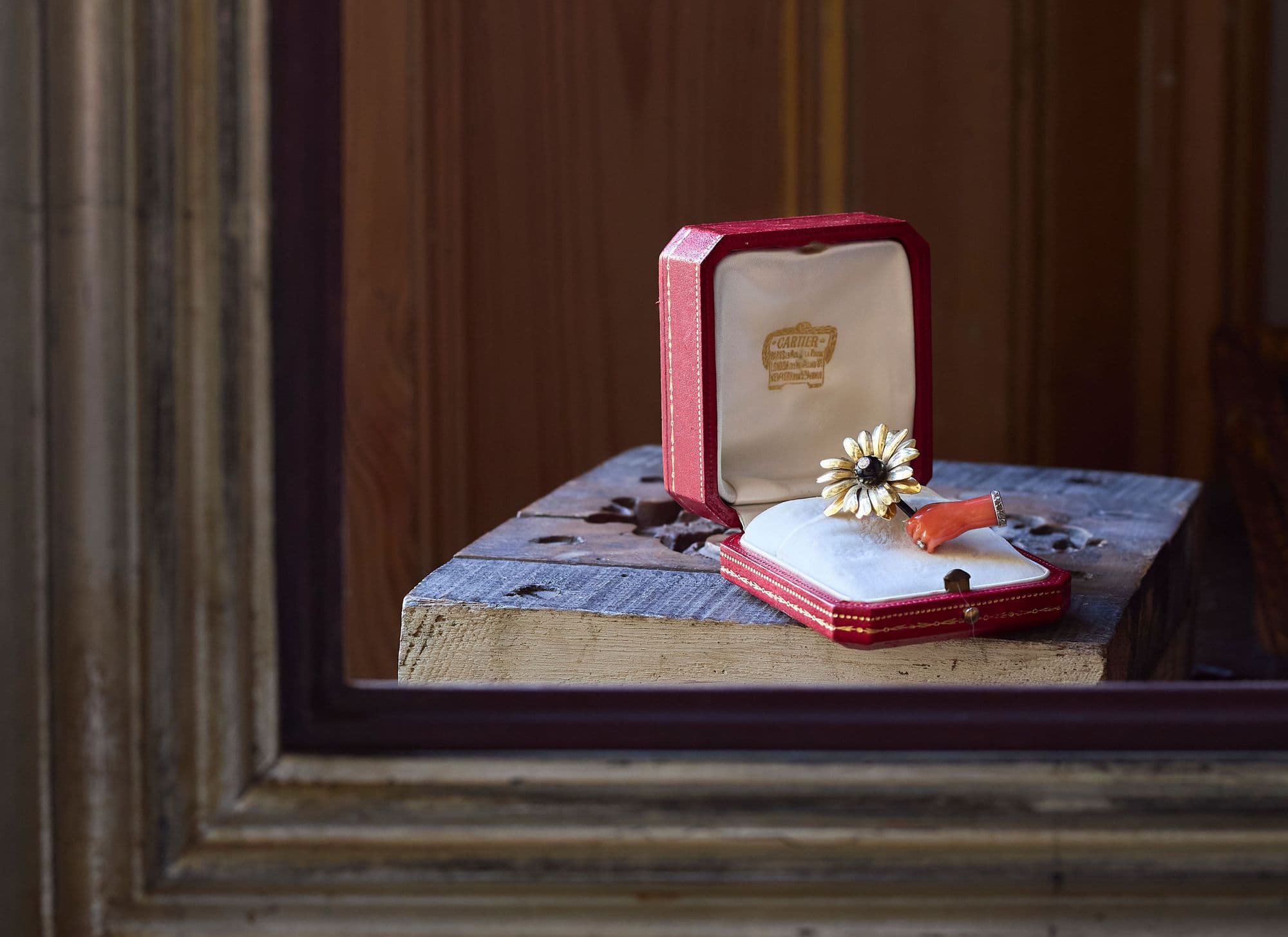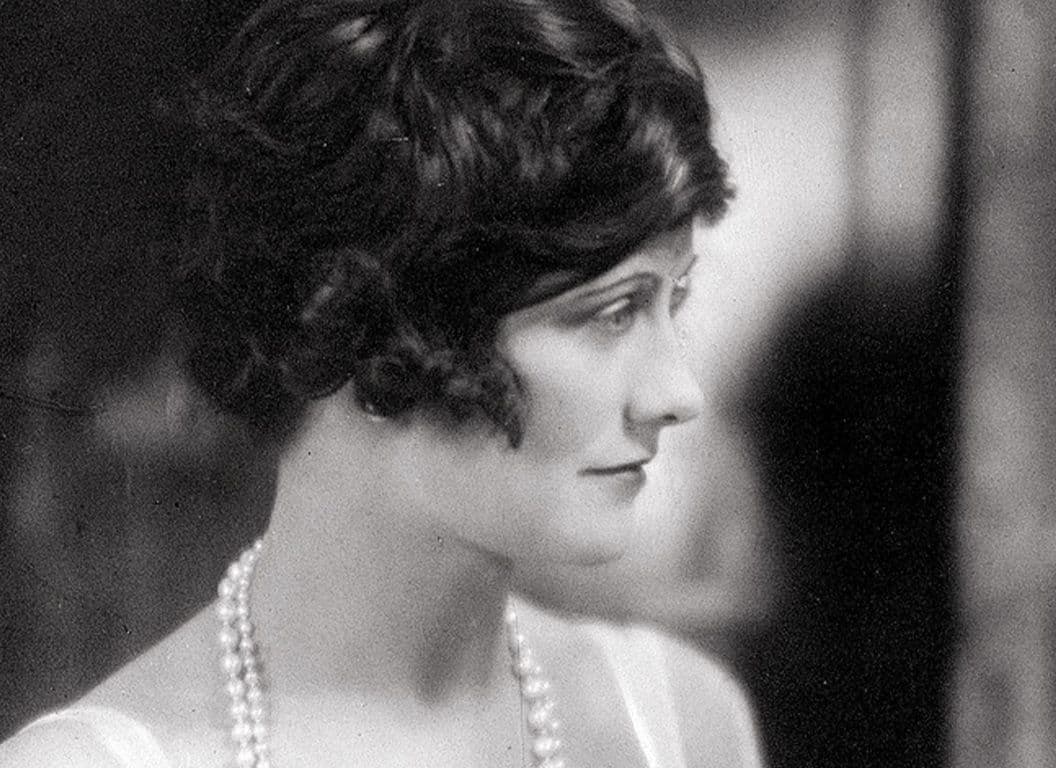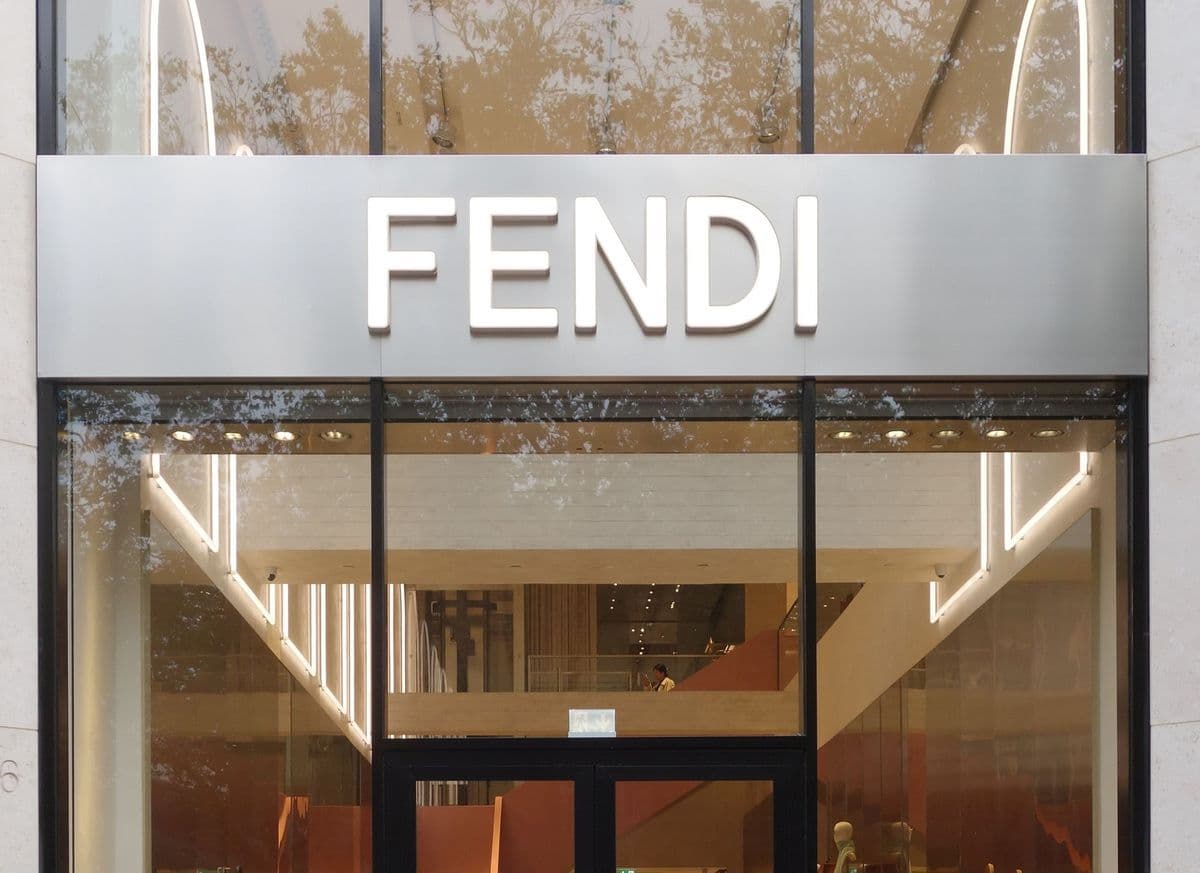From their classic Heart Tag pendants to their sleek Elsa Perretti collaborative collection, Tiffany & Co. is a household name in timeless style.
The trademarked Blue Box is still as iconic now as it was when it debuted in the mid-19th century, few designers can claim that their packaging is as equally desired as their jewels. Founded in New York in 1837 by Charles Lewis Tiffany and John Barnett Young, what was originally known as "Tiffany & Young" has grown into one of the world’s oldest major jewellery houses.
A Premiere Lifestyle Retailer
Tiffany & Co. was originally conceived as one of the first lifestyle retailers, with offerings of luxury soaps, bouquet holders, and stationery in addition to jewellery. One could not only wear beautiful Tifffany creations but could even curate their homes in the Tiffany fashion. This is a practical tradition that still carries on today in the modern Tiffany & Co. with their homeware lines, with an additional nod to the luxurious aspect of this tradition in their "Everyday Objects" collection. This collection includes pieces such as a sterling silver clothespin and bone china coffee cups. One of the most beautiful examples of Tiffany & Co. home goods however is in their stained glass.
Spearheaded by Louis Comfort Tiffany, son of Charles Lewis Tiffany, Tiffany stained glass is widely sought after and coveted by collectors and connoisseurs. Louis Comfort Tiffany, known also as L.C.T. could arguably be viewed as the leading creative force that catapulted Tiffany & Co. through the Art Nouveau movement. His experimentation with stained glass in 1875 led to the establishment of his own glassmaking factory in Queens and helped pave the way for the new iridescent and freely shaped Favrile glass.
An Entry Into Household Items
In the second half of the 19th century, Tiffany & Co. of New York entered a period of elaborately designed pitchers and household silver items inspired by the art of Japan came into production.
The opening up of Japan to the world from 1854 resulted in greater trade between the East and West. As part of this exchange, typical Japanese art such as woodblock prints, ceramics and metalware found their way into the studios of major artists in the United States and Europe during the second half of 19th century, including into the libraries of several esteemed silver factories such as Gorham Manufacturing Co. of Rhode Island and Tiffany & Co. of New York.
By the late 1860s and early 1870s, exuberant flatware patterns were introduced by both firms, including the Japanese and the Vine patterns at Tiffany & Co. Undoubtedly, Japanese woodblock prints offered inspiration for the artists at Tiffany who strived to translate the appearance of movement and fluidity seen in the two-dimensional Japanese art form into their hollow-ware.
The Victorian progressive designer Christopher Dresser undertook an early visit to Japan in 1876–77 which would deepen his understanding of Japanese forms and transform his own work and manufacturing techniques. While en route to Japan, Dresser visited the United States; in New York, he received a commission from Tiffany & Co. to acquire several thousand Japanese artefacts to similarly inform and inspire their designers.
Given the success and desire for their Japanesque works of art, a period of elaborately designed pitchers and household silver items in the style came into production. Tiffany & Co. displayed one of their most prominent shows at the Paris exhibition of 1878 – a show which won the firm the gold medal for their mixed-metal works of art and from which major institutional and private collectors purchased pieces for their collections.
White House Approval
Having established his own decorating firm as well as securing a commission from U.S. President Chester A. Arthur to redecorate the White House reception rooms, L.C.T. was just as invested in jewellery design as he was in the decorative arts. Perhaps inspired by the iridescent quality he was able to achieve in Favrile glass, L.C.T. also had a fascination with moonstone. Moonstone is a phenomenal variety of Feldspar that displays a mystical and shimmering kind of sheen known as adularescence. High quality moonstones appear almost magical, and it is easy to see why Tiffany would draw inspiration from his exquisite glass creations and focus his creativity on this mysterious gemstone. While L.C.T. was not a trained gemmologist, Tiffany & Co. had their pick of high-quality gemstones and Louis Comfort Tiffany’s superb knowledge, and use of colour shows in his selection of each component in his jewellery pieces.
Iconic Creations
Circa 1910, L.C.T. focused on a line of jewels in platinum and moonstone. With the desire for American sourced gemstones increasing, Tiffany also incorporated the use of Montana blue sapphires in this line. The sapphires, originating from the Yogo Gulch area of Montana, are best known for their near denim blue hue which match perfectly to the colours most associated with not only moonstone but with the wisteria common to L.C.T. designed stained glass. The result was an iconic line of jewellery that flawlessly imbued the filigree style and organic forms of the Art Nouveau movement with the mystical colours and enigmatic qualities of these gemstones. The pieces of Louis Comfort Tiffany that remain are treasures of history that fully encapsulate the Art Nouveau movement as well as the evolution of Tiffany & Co. from its inception as an innovative design house to its prestige today.
